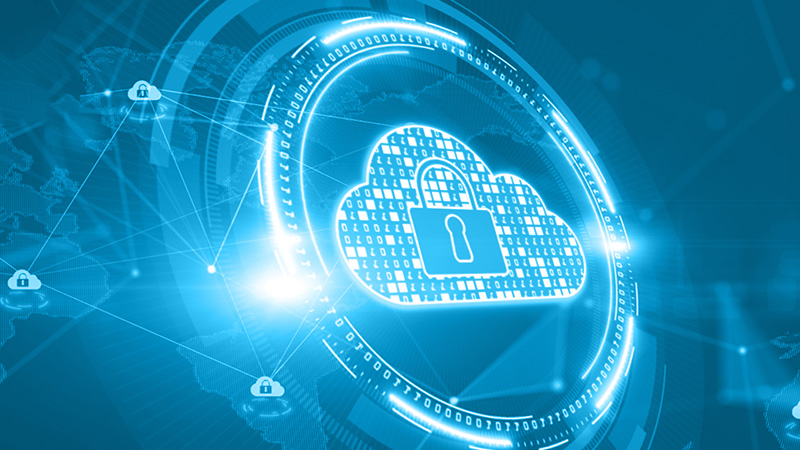Five Trends in the State of Cloud Security
By Lorenzo Castro | Practice Director, Trace3 Cloud Solutions Group
As more organizations move their workloads to the cloud, security has become an increasingly important issue. In recent years, we've seen a number of trends emerge in cloud security, which are most likely to only continue in the coming years. In this blog post, we'll take a look at some of the top cloud security trends for 2023.
1. Multi-Cloud Security
One of the biggest trends in cloud security is the adoption of multi-cloud environments. More and more organizations are using multiple cloud providers to meet their needs, leading to a need for multi-cloud security solutions. In 2023, we can expect more focus on multi-cloud security solutions that can provide unified visibility and control over all cloud environments. These solutions must be able to manage security policies and enforce them across multiple clouds, as well as provide real-time monitoring and threat detection.
2. Cloud-Native Security
As organizations continue to embrace cloud-native architectures, cloud-native security solutions will become increasingly important. These solutions are specifically designed to secure cloud-native workloads, containers, and serverless applications. In 2023, we can expect more focus on cloud-native security solutions that can provide granular access control, network segmentation, and threat detection for cloud-native workloads.
3. Zero Trust Security
Zero trust security is an approach that assumes every user, device, and application is untrusted and should be authenticated and authorized before accessing any resources. In 2023, we can expect increased adoption of zero trust security models in cloud environments. This will include the use of multifactor authentication, network segmentation, and granular access controls to ensure only authorized users and devices are able to access cloud resources.
4. Identity and Access Management (IAM)
IAM solutions are critical for securing cloud environments. In 2023, we can expect more focus on solutions that can provide centralized management and control of user identities and access to cloud resources. This will include the use of single sign-on (SSO) solutions, identity federation, and role-based access control (RBAC) to ensure users have the appropriate level of access to cloud resources.
5. Security Automation and Orchestration
With the increasing complexity of cloud environments, security automation and orchestration will become more important. In 2023, we can expect increased adoption of automation and orchestration tools that can help organizations best manage and respond to security threats. This will include the use of artificial intelligence (AI) and machine learning (ML) to automate threat detection and response, as well as the use of security orchestration, automation, and response (SOAR) tools to streamline incident response processes.
As more organizations continue adopting cloud environments, cloud security will become an increasingly important issue. In 2023, we can expect to see continued emphasis on multi-cloud security, cloud-native security, zero trust security, IAM, and security automation and orchestration. By staying up to date on these trends and implementing the appropriate security measures, organizations can ensure their cloud environments remain secure and protected against potential threats.
Looking for more on the state of cloud security? Send us an email today.

Lorenzo Castro has more than 20 years experience designing and implementing technology solutions, managing and directing teams, developing people, and driving organizational change. His specializations include Microsoft Cloud, Infrastructure Management, IT Service Management, Information Security, Data Privacy, Systems and Network Engineering, and IT Project Management.

